James Presley Ball
Renowned Black Photographer in Helena
The widely conventional date for the birth of commercial photography is 1839, when Frenchman Louis-Jacques-Mandé Daguerre’s invention of the daguerreotype was announced publicly. Within several years, black Americans were at the vanguard of this medium, including James Presley Ball who achieved great success in Cincinnati beginning in the 1850s, and who later lived and worked in Helena, Montana, between approximately 1887 and 1900.
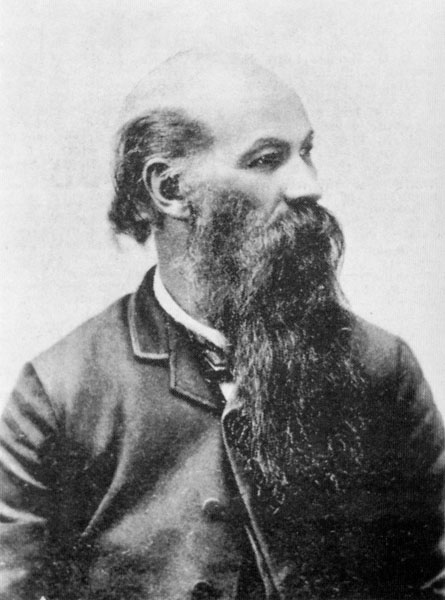
Ball (1825-1904) dealt with rapidly evolving technologies, from the unwieldy daguerreotype in the 1840s to the simple, easy to duplicate photographic prints of the early 1900s.
Born free in Virginia, James Presley Ball said that he made his up mind to become a photographer in 1845 after “a chance meeting” with a black, Bostonian daguerreotypist named John B. Bailey.
In Cincinnati, Ohio, he became proficient in a range of practices, including the ambrotype, the tintype, the stereotype, and the one named after Louis J.M. Daguerre, the popular daguerreotype.
Early daguerreotypes and ambrotypes were protected individually and displayed beneath glass in velvet-lined cases. Tintypes, which also are single images, were popular because they were cheap; these were commonly kept in paper sleeves or window-like mats. After 1860, mechanically reproduced cartes de visite (visiting cards) and cabinet cards became increasingly popular, and were often stored in collector albums.
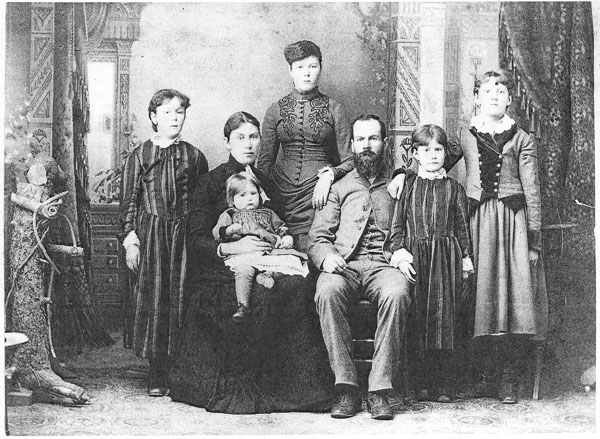

In the early 1850s, Ball and his future brother-in-law, Alexander Thomas, formed “Ball & Thomas,” which earned the reputation as “the finest photographic gallery west of the Allegheny Mountains,” according to one contemporary newspaper. By 1853, Ball operated a well-equipped studio that included the service of nine employees. The studio promised the public “The most lifelike, the most beautiful, the most durable, the cheapest” daguerreotypes. One work sold for $63,000 at the Swann Auction Galleries.
In 1855, J.P. Ball put on exhibit at the Boston Armory a 2,400-square-foot antislavery photo panorama called Ball’s Splendid Mammoth Pictorial Tour of the United States, Comprising Views of the African Slave Trade; of Northern and Southern Cities; of Cotton and Sugar Plantations; of the Mississippi, Ohio, and Susquehanna Rivers, Niagara Falls, & C. (Unfortunately, the exhibit did not survive.)
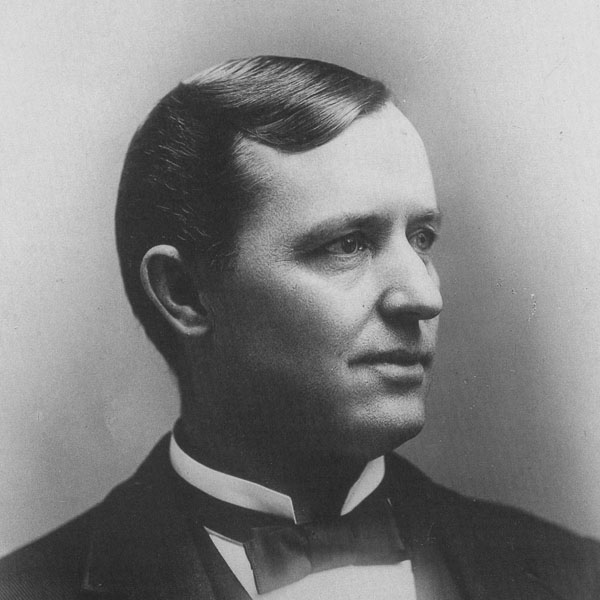
In 1856, Ball passed through Europe, photographing, among others, Queen Victoria and author Charles Dickens. As Ball’s status swelled, many renowned subjects appeared at his Cincinnati studio, including distinguished abolitionist Frederick Douglass, Ulysses S. Grant’s mother and sister, Jenny Lind, black orator Henry Highland Garnet, and several Union Army officers and soldiers.
Perennially under the threat of asset liquidation and bankruptcy, Ball moved to several towns and cities across the midwest and rural south. In 1887, wanting to alleviate his persistent rheumatism in a drier climate, Ball arrived in Helena, Montana Territory, with his son, daughter and daughter-in-law. Additionally, he sought to live in a western society that was more tolerant of blacks. (In 1882, voters in Helena passed a
referendum ending segregated public schools. The next year, the territorial legislature repealed the segregation law for the entire territory.)
The 1888 Helena City Directory lists the residence for father and son as 129 Broadway.
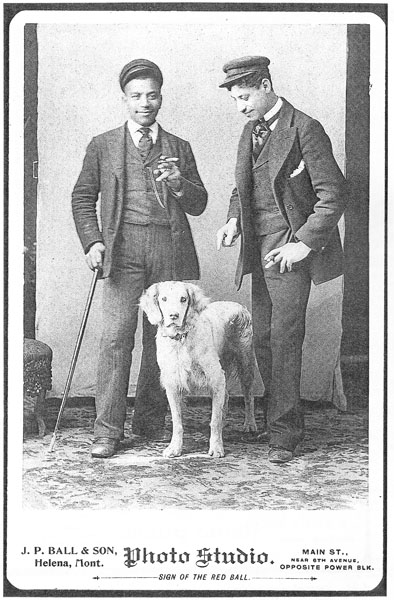
In 1870 there were about 180 persons “of full or partial black ancestry” in the Montana Territory, and by 1880 the number had approximately doubled to 356. But the highest proportion of blacks in Montana was in the territorial center of Helena, where in 1870 the black population was 2.3 percent of the total. Fort Benton and Butte contained the other highest concentrations of black people.
In December 1887, James Presley Ball was nominated as a delegate to a state civil rights convention and later ran for several offices on the Republican ticket. He later became president of Montana’s Afro-American Club and co-founded the St. James AME Church (114 N Hoback Street, now a private residence). He was nominated for a county coroner position (which he declined).

His son, James Presley Ball Jr. was the editor of the Colored Citizen, the earliest of three newspapers published for black readers in Montana before World War I. (In 1900, black Americans represented only 1 percent (1,523) of the state population, but the community published two other newspapers, the Montana Plaindealer in Helena and the New Age in Butte.)
Ball, Jr. proclaimed in the inaugural issue, published on September 3, 1894, the paper’s foundational philosophy and mission: “It cannot be denied that our people, through force of circumstance, occupy a peculiar status in this country. We are not thoroughly known. Our better qualities are not presented fairly to the public…Montana has a right to feel proud of its 2,500 colored citizens …” Ball, Jr. added that the newspaper’s reason for existence was “the intense interest among the city’s 279 colored citizens” in the upcoming election to decide the site of the state capitol. During the early 1890s, a battle was waged between the cities of Helena and Anaconda, over which would be chosen the capitol of the newly-formed state.
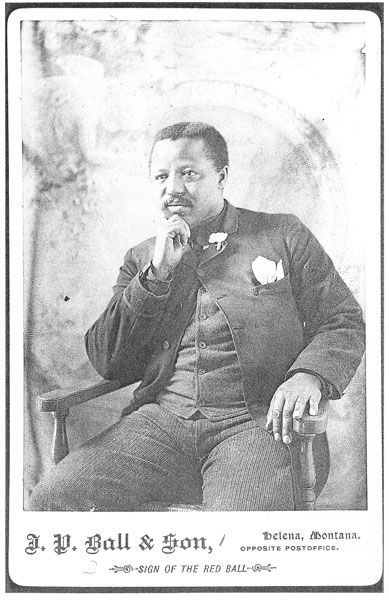
A full-page endorsement in the final issue of the newspaper on November 5, 1894, clarified the rationale for preferring Helena over Anaconda, in bold type: “The Anaconda Mining Company Does Not Employ a solitary colored man. Dagoes and Foreigners are preferred to Native Colored Americans. Vote for HELENA for Capitol.” Helena came out victorious by less than 2,000 of the more than 52,000 votes cast.
The Colored Citizen was published at 137 N. Main St., the very location of James Presley Ball’s portrait photography studio and residence for most of his career in Helena (currently the upper floor of what is the Goodkind Building at Sixth and Main,
sometimes called the Broadwater Block).
The Colored Citizen, September 3, 1894, praised the elder’s reputation:

“Helena enjoys the notoriety of having the only colored photographer in the Northwest. Mr. J.P. Ball who has had a studio here for a number of years, has a large patronage among many of our best citizens. He is one of the oldest members now in the profession, dating back to 1845, the famous daguerreotype era, and has had the satisfaction of taking numerous medals for superior work over many of the most skillful and artistic competitions in the largest eastern cities. Prior to, during, and for several years after, the war Mr. Ball had one of the largest and best equipped studios in Cincinnati.”
Ball photographed business leaders, immigrants and pioneers, most disturbingly, the lynching of a black man named William Biggerstaff. Not much is known about Biggerstaff, except that he was “born a slave in 1854, in Lexington, Ky.” He was convicted of killing “Dick” Johnson after an argument that took place on June 9, 1895. Biggerstaff pleaded self-defense. The hanging took place on April 6, 1896; the “weight fell at 10:08 a.m. in Helena courtyard.” In a succession of photographs, Biggerstaff is first pictured in a suit, flower pinned to lapel, handkerchief in pocket. The next sequence is Biggerstaff being hanged, the dangling, hooded man attended to by the Reverend Victor Day and by Sheriff Henry Jurgens. Finally, he is displayed in a coffin.
J.P. Ball & Son, alone, seem to have recorded the laying of the corner stone of the State Capitol building by grand master Charles W. Pomeroy. Although a simple document, the photographs reveal the vigorous esthetic sensibilities of its makers in the plethora of umbrellas. These make rhythmic, arching patterns — apparently more interesting to the Balls than the audience itself — that bring to mind the similar use of this motif in the 19th century prints from Japan.
Some of Ball’s most mysterious photos are his undated images of the Ming merchant family, once among Helena’s wealthiest pioneers and land investors. Other than a date of 1891 to 1900, however, the specific details of these photos are lost to history. In other images, Bell employed the inventive use of photographic montage — framing the heads in a scallop shell.
In late-1900, James Presley Ball followed his son, J.P. Ball Jr., to Seattle and eventually settled in Honolulu, opening a studio in his home, which was co-operated by his daughter, Estella. His obituary stated that Ball died in 1904 of rheumatism.



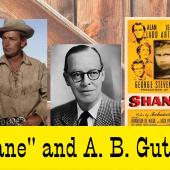

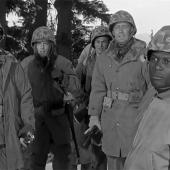

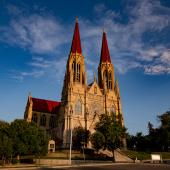


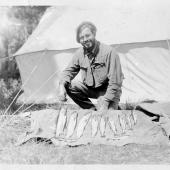
Leave a Comment Here